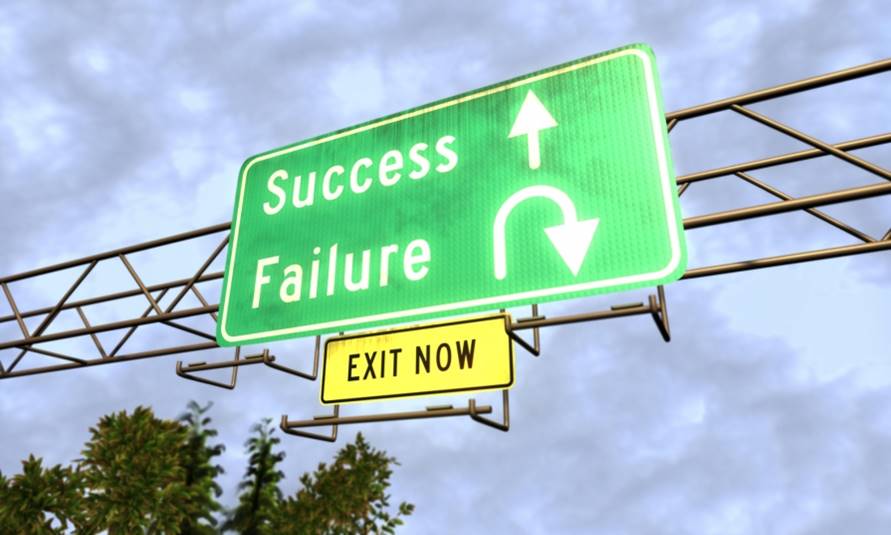Building a business that lasts is the exception rather than the rule. Fifty percent of start-ups fail within the first five years. That number drops the longer you stay open, but even then, building a sustainable business requires a unique combination of skill and luck. Fortune 500 companies last, on average, 40 to 50 years. S&P 500 companies stuck around for an average of 67 years in the 1920’s. Today they survive an average of 15 years.
Assuming that you make it past the first five years … and you choose not to exit by choice, there are two primary reasons why your company could cease to exist:
- You never recover from a catastrophic event.
- You miss the warning signs that lead to unintentional extinction.
Risk is Real
Accurate statistics are difficult to verify, but the U.S. Small Business Administration included these on a promotion for one of its programs: Forty percent of businesses do not reopen after a disaster and another 25 percent fail within one year. Ninety percent of businesses fail within two years after being struck by a disaster.
You can prepare for a disaster, but you can’t control it. Whether it is a natural disaster or a loss of data, you can’t underestimate the need to prepare for a catastrophe.
The greater risk – and the one you can control – is missing the warning signs that lead to an unintended demise. Here are three for which you should be on the lookout.
- Becoming too comfortable: It is hard to imagine this as a bad thing. There is, after all, comfort in knowing that your future is secure or that your customers love you. The problem comes when you confuse being comfortable with being confident. Great companies are sure in their ability to continually engage their team, wow their customers, and make a profit. Being comfortable, on the other hand, implies that you can relax. Comfort can be a gateway to lethargy. At that point, performance becomes sluggish and slow. It’s not that people are unconcerned. They simply fail to demonstrate a sense of urgency. You can bounce back from becoming comfortable by re-injecting a sense of purpose and energy for the future.
- Becoming complacent: Complacency occurs when you become satisfied with your own performance and results. It is different from comfort in one important way: comfortable organizations lack urgency while complacent organizations are completely satisfied with the status quo. Complacent organizations don’t acknowledge that their perception is inconsistent with reality. In today’s competitive environment, that is a sure sign that you will eventually fail. Overcoming complacency often requires a shock to the system that places the offenders in a situation where they can’t hide from the truth.
- Becoming irrelevant: Logic suggests that irrelevance results from a lack of urgency (comfort) and/or ignoring reality (complacency). That line of thinking holds true in many situations but not all. Take the musician who surges up the charts only to find that their later efforts aren’t noticed because tastes have changed. Sometimes your product or service simply no longer fits the marketplace. You can’t overcome irrelevance while being either comfortable or complacent. Overcoming those two barriers isn’t enough, however. The process of becoming relevant also requires total dedication to understanding your customer and producing the quality of work that holds their attention.
Blockbuster, Kodak, Nokia, and a host of others failed to see the signs pointing to their unintentional extinction. They didn’t have to miss them. Neither do you. Flourishing in an uncertain future requires that you remain relentlessly watchful.
Randy Pennington is an award-winning author, speaker, and leading authority on helping organizations achieve positive results in a world of accelerating change. To bring Randy to your organization or event, visit www.penningtongroup.com , email info@penningtongroup.com, or call 972.980.9857.





